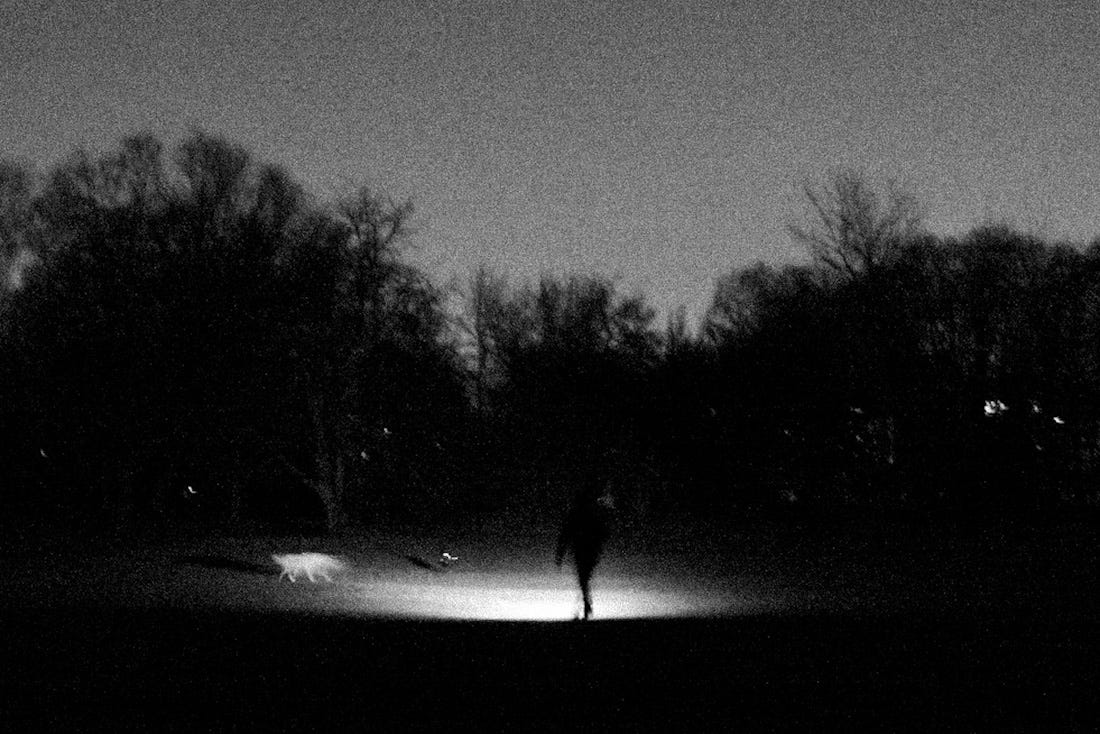Start killing your darlings

One of the rules in photography, when preparing your material, during the selection phase is not to be afraid to kill your darlings. Darlings being all the photographs that you love, and probably only you understand.
In a professional setting, personal preference does not matter.1 What matters is the story you want to tell and how you tell it.
I must say, it’s a bloodbath. One of the most painful, soul-crashing experiences I’ve lived through… Well, maybe not that bad, but you get my drift.
A common practice is to do it with an editor or a close friend photographer whom you can trust. One that will be ruthless while, at the same time, giving a fresh look and some good argumentation. Supporting you in telling your story, not theirs.
Another option is to sleep with it. Print your photographs and lay them on the table in a sequence that feels right to you. Leave them for a few hours or days, then return to do the edits. Both of those techniques can, and often are, combined.
The goal is to have a coherent story that tells what you want to convey. Something that has rhythm and leaves a mark on the viewer.
Now, think where you get stuck and stand by ideas, beliefs, experiments, features or statements that may be your darlings but don’t make sense anymore. They just don’t fit the story you are pursuing. They keep you in a limbo.
Which of those darlings should you kill today?
Supporting you in doing your best work,
m
—
🎈Share this post if you think it can help a friend make better choices and stay focused in telling their story - whatever it might be.
In this example, "personal preference" means selecting only the photographs you love or find appealing. Personal preference does matter, however, in how you tell the story, as it's you who witnessed it. It is contrary to what some newspaper editors do. Worse that can happen is mixing the work of several photographers for a single narrative.
The paradox being the editor sitting in a comfortable New York office chair, sequencing a story from Georgia without being there, involving the photographer, and knowing where to put the emphasis. Imagining what happened and trying to glue everything together with scotch tape for an effective (instead of coherent and witnessed) story.

